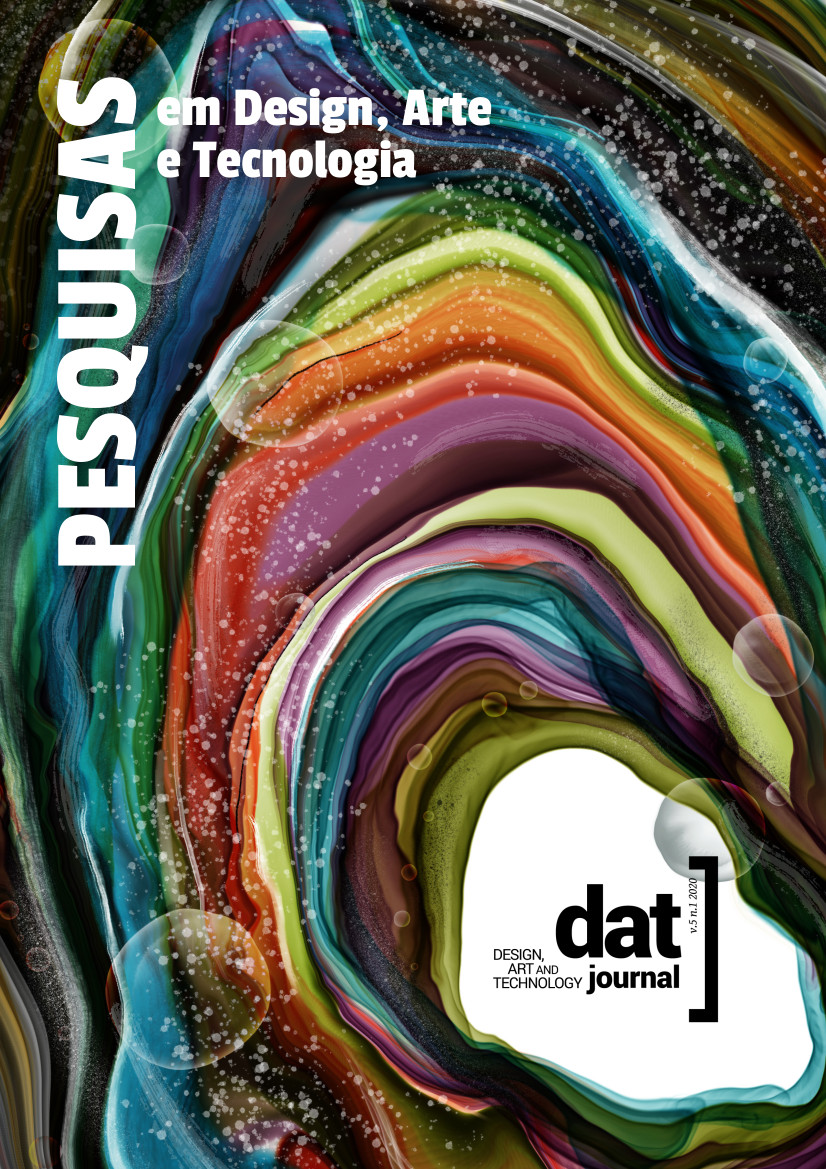HIDDEN corner, HIDDEN charm
DOI:
https://doi.org/10.29147/dat.v5i1.171Keywords:
Installation, Observatory, Migration, Public art, Nature/CultureAbstract
This paper results from the reflection on the construction of the artwork “(en)CANTO ESCONDIDO”, a sculpture / installation that intervenes in situ capturing the dynamic relationships between materials, landscape and habitats of Coruche, in Portugal. The project calls for intertwined relations between nature and culture. The flow of presence / absence of animals that visited the sculpture was an integral part of the installation’s logic. The work intended to enhance dynamic observation relationships in which the observer became observed, noting its evident part in nature. “(en)CANTO ESCONDIDO”is simultaneously a model of urban observatory of migrations (insects and birds) and an architectural construction that invokes dialogical connections of coexistence and inter-species / inter-generational sharing that incite interaction and the discovery of new relationships. The installation intended to take observers to an immersion space, where the reality of the surrounding nature merges into the memories and fictions of each visitor. It was an experience of sharing and an aesthetic exercise and a reflection on sustainability in our practice, that became a community experience of sharing with immense narrative and reflective potential.
Downloads
References
Guattari, F. (2000). The three ecologies (I. Pindar & P. Sutton, Trans.). London: Athlone Press.
Lopes, M. Manuela & Bastos, P.B. (2016) “Participação Colaborativa: Reflexões Sobre Práticas Enquanto Artistas Visuais”, in Mutações, confluências e experimentações na Arte e Tecnologia. Venturelli, S. & Rocha C. (ed), 2016, PPGARTE/ UNB, pp. 147-168. ISBN: 978 – 85 – 89698-50-4.
Mentz, S. (2012). After sustainability. PMLA, 127(3), 586–592. doi: 10.1632/pmla.2012.127.3.586.
Shapiro, Michael J. (2013). Studies in Trans-Disciplinary Method: After the Aesthetic Turn. New York: Routledge.
Shellenberger, M., & Nordhaus, T. (2006). Post-environmentalism. In M. Andrews (Ed.), Land, Art: A Cultural Ecology Handbook (pp. 196-199). London: Royal Society for the Arts.


























